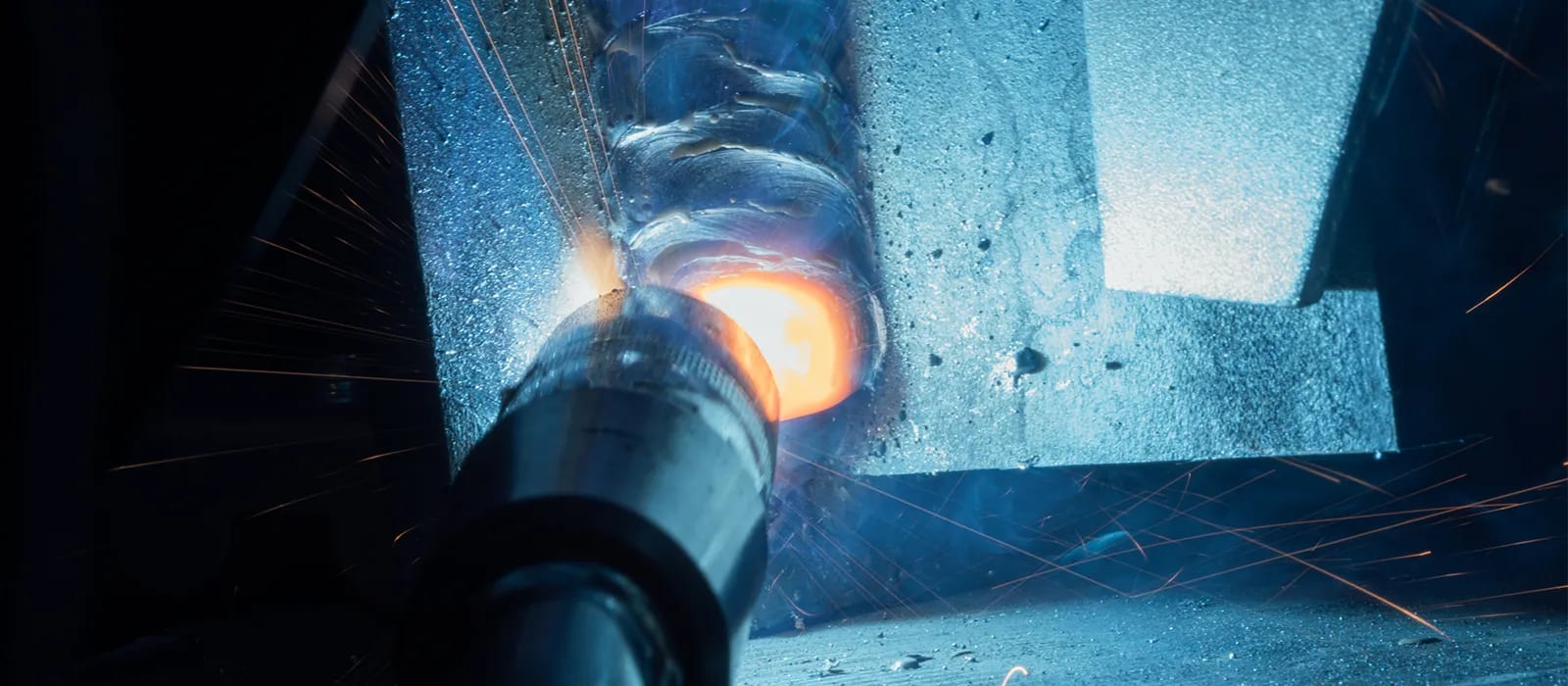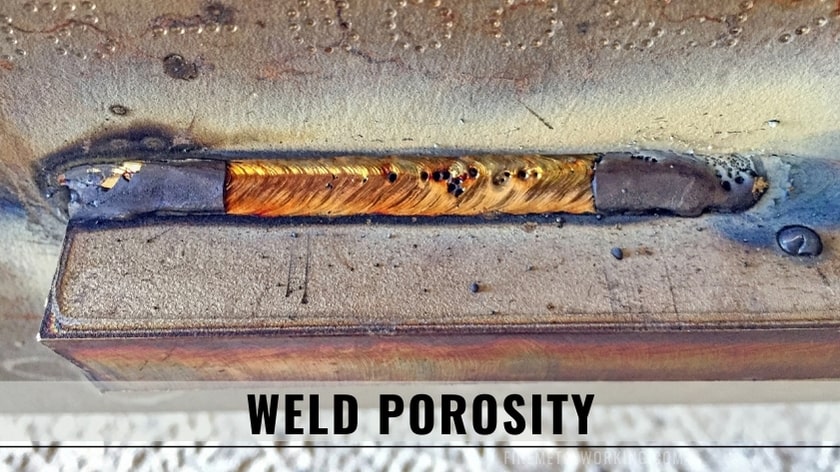Recognizing Porosity in Welding: Exploring Causes, Impacts, and Avoidance Methods
Porosity in welding is a consistent difficulty that can dramatically influence the top quality and stability of welds. As experts in the welding industry are aware, comprehending the causes, impacts, and avoidance techniques associated to porosity is essential for attaining robust and dependable welds. By diving right into the origin of porosity, analyzing its harmful results on weld top quality, and discovering reliable prevention techniques, welders can enhance their knowledge and skills to generate premium welds continually. The elaborate interaction of elements contributing to porosity needs a detailed understanding and a positive strategy to guarantee effective welding end results.
Usual Root Causes Of Porosity
Porosity in welding is primarily brought on by a combination of factors such as contamination, improper protecting, and insufficient gas insurance coverage during the welding procedure. Contamination, in the form of dirt, oil, or rust on the welding surface, develops gas pockets when warmed, causing porosity in the weld. Inappropriate shielding happens when the securing gas, typically made use of in procedures like MIG and TIG welding, is unable to fully protect the liquified weld swimming pool from responding with the surrounding air, leading to gas entrapment and succeeding porosity. Additionally, insufficient gas insurance coverage, typically as a result of incorrect flow rates or nozzle positioning, can leave components of the weld vulnerable, permitting porosity to form. These variables collectively contribute to the development of gaps within the weld, damaging its stability and possibly creating architectural problems. Understanding and attending to these typical reasons are critical action in protecting against porosity and guaranteeing the top quality and strength of bonded joints.
Effects on Weld Top Quality
The presence of porosity in a weld can considerably compromise the general top quality and stability of the welded joint. Porosity within a weld creates voids or tooth cavities that deteriorate the framework, making it more vulnerable to splitting, corrosion, and mechanical failing. These voids act as tension concentrators, minimizing the load-bearing capacity of the weld and boosting the possibility of premature failing under applied anxiety. Additionally, porosity can also function as potential sites for hydrogen entrapment, further aggravating the degradation of the weld's mechanical residential properties.
Moreover, porosity can hinder the performance of non-destructive testing (NDT) strategies, making it testing to detect other defects or interruptions within the weld. This can lead to considerable safety concerns, specifically in vital applications where the architectural honesty of the welded parts is extremely important.

Avoidance Techniques Overview
Offered the detrimental impact of porosity on weld top quality, efficient prevention strategies are crucial to maintaining the structural stability of bonded joints. Additionally, find out here selecting the ideal welding parameters, such as voltage, present, and travel rate, can assist reduce the risk of porosity formation. By incorporating these prevention methods into welding techniques, the incident of porosity can be significantly minimized, leading to stronger and extra dependable welded joints.
Significance of Appropriate Protecting
Appropriate shielding in welding plays an important duty in avoiding climatic contamination and making sure the stability of bonded joints. Protecting gases, such as argon, helium, or a mixture of both, are frequently used to safeguard the weld pool from responding with elements airborne like oxygen and nitrogen. When these responsive aspects come into contact with the warm weld swimming pool, they can trigger porosity, bring about weak welds with reduced mechanical residential properties.

Insufficient securing can result in various issues like porosity, spatter, and oxidation, jeopardizing the architectural stability of the welded joint. Adhering to proper securing methods is essential to create top quality welds with minimal issues and guarantee the longevity and dependability of the bonded parts.
Monitoring and Control Approaches
Exactly how can welders effectively keep an eye on and manage the welding process to make sure optimum outcomes and protect against flaws like porosity? One key approach is via making use of advanced tracking innovations. These can include real-time monitoring systems that give comments on specifications such as voltage, her response present, take a trip speed, and gas flow prices. By constantly keeping track of these variables, welders can identify variances from the perfect problems and make prompt modifications to avoid porosity formation.

Additionally, applying proper training programs for welders is essential for keeping track of and managing the welding process effectively. What is Porosity. Enlightening welders on the significance of keeping constant parameters, such as proper gas securing and take a trip speed, can help stop porosity problems. Normal evaluations and certifications can also guarantee that welders are skillful in monitoring and regulating welding procedures
Additionally, making use of automated welding systems can enhance monitoring and control capacities. These systems can precisely regulate welding criteria, minimizing the likelihood of human error and guaranteeing constant weld quality. By combining innovative surveillance innovations, training programs, and automated systems, welders can successfully monitor and manage the welding procedure to lessen porosity problems and achieve high-grade welds.
Verdict
